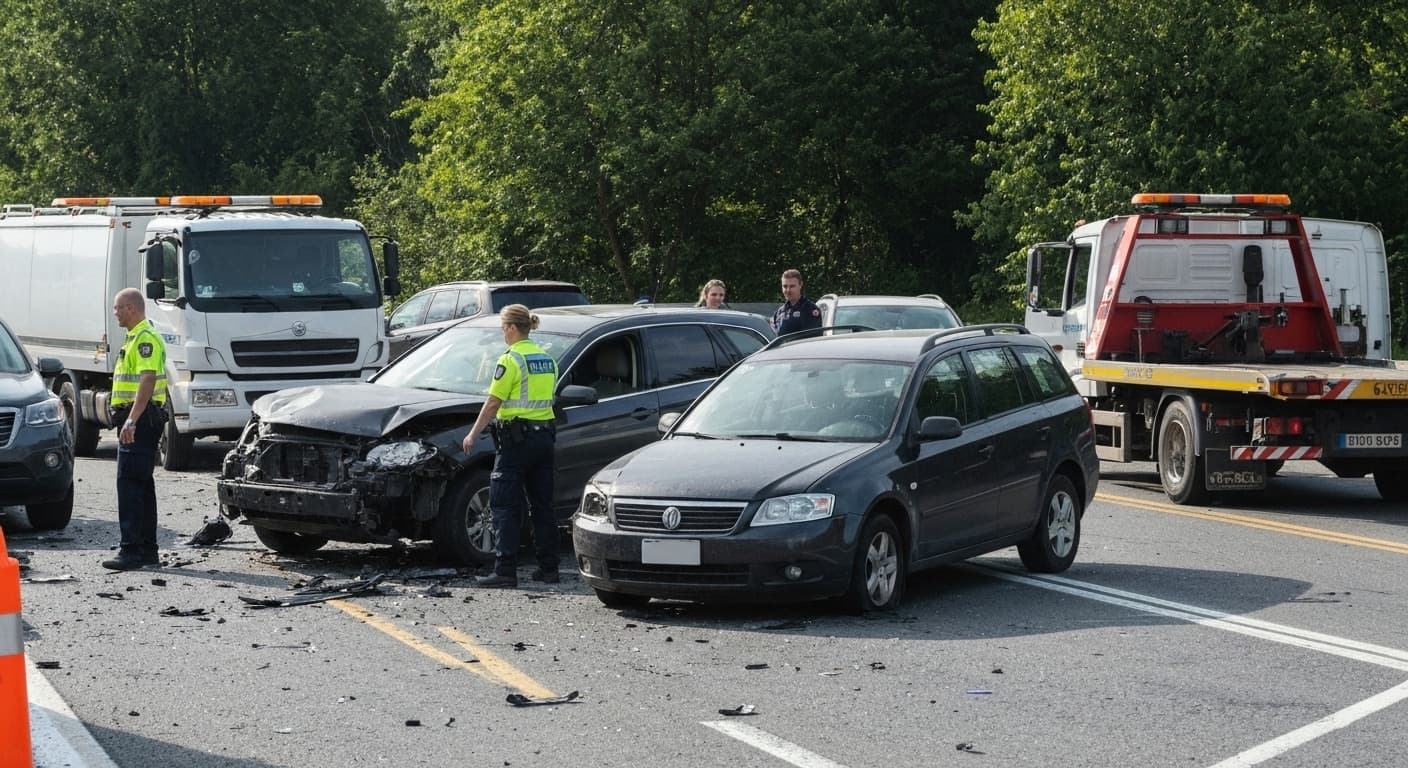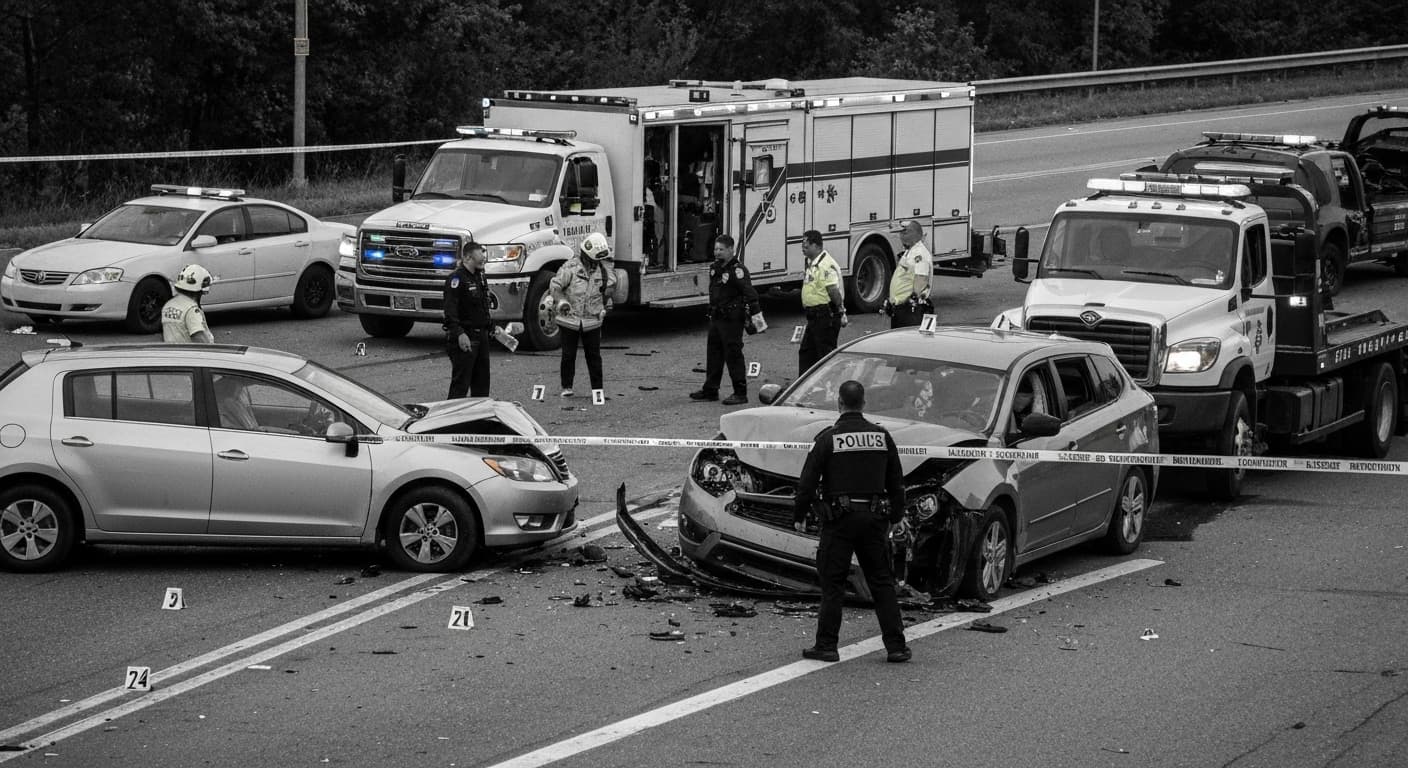
Can You Still Drive Your Car After an Accident?
Learn when it's safe to drive your car after an accident, what to check for, and when to seek professional inspection.
# Can You Still Drive Your Car After an Accident?
Whether you can drive your car after an accident depends on the extent of damage and safety considerations. Even if your car seems drivable, there may be hidden damage that makes it unsafe.
Safety Assessment First
Immediate Safety Check
Before Driving, Check:
- Lights (headlights, taillights, turn signals)
- Steering responsiveness
- Brake function
- Tire condition and pressure
- Windshield visibility
- Mirror positioning
Visible Damage Assessment
Look For:
- Cracked windshield
- Damaged lights
- Loose bumpers or panels
- Fluid leaks
- Tire damage
- Bent wheels
When NOT to Drive
Obvious Safety Hazards
Don't Drive If:
- Steering wheel doesn't respond properly
- Brakes feel spongy or don't work
- Lights are broken or not functioning
- Windshield is severely cracked
- Wheels are bent or tires are flat
- Fluid is leaking underneath
Hidden Damage Concerns
Potential Issues:
- Frame damage affecting alignment
- Suspension problems
- Electrical system damage
- Engine or transmission damage
- Brake line damage
Legal Considerations
Vehicle Safety Requirements
Must Have Working:
- Headlights and taillights
- Turn signals
- Brake lights
- Windshield wipers
- Horn
- Mirrors
Insurance Implications
Consider:
- Coverage for additional damage
- Liability if accident occurs
- Rental car coverage
- Towing coverage
Professional Inspection
When to Get Inspected
Always Inspect After:
- Moderate to severe impacts
- Airbag deployment
- Frame or structural damage
- Suspension impact
- Any doubt about safety
What Mechanics Check
Professional Assessment:
- Frame alignment
- Suspension components
- Brake system
- Steering components
- Electrical systems
- Engine and transmission
Temporary Driving Solutions
Short-Distance Driving
If Absolutely Necessary:
- Drive slowly and carefully
- Stay on familiar roads
- Avoid highways
- Have someone follow you
- Stop if problems develop
Emergency Situations
Only Drive If:
- No other transportation available
- Short distance to safety
- Vehicle passes basic safety check
- You can drive very slowly
Insurance and Rental Cars
Rental Car Coverage
Check Your Policy For:
- Rental reimbursement coverage
- Daily limits
- Total coverage limits
- Approved rental companies
Claim Process
Steps to Take:
- Report accident to insurance
- Get claim number
- Ask about rental coverage
- Arrange vehicle inspection
- Get repair estimates
Documentation Before Driving
Photo Evidence
Document:
- All visible damage
- Vehicle position
- Accident scene
- License plates
- Insurance information
Written Records
Note:
- Time and date
- Weather conditions
- Other driver information
- Witness contacts
- Police report number
Common Mistakes
Don't Assume Safety
Avoid:
- Driving without inspection
- Ignoring warning signs
- Assuming minor damage means safe
- Delaying professional assessment
Don't Risk Further Damage
Prevent:
- Additional mechanical problems
- Safety hazards
- Increased repair costs
- Insurance complications
Alternative Transportation
Immediate Options
Consider:
- Calling family or friends
- Using rideshare services
- Taking public transportation
- Arranging towing
Longer-Term Solutions
If Repairs Take Time:
- Rental car through insurance
- Borrowing a vehicle
- Alternative transportation methods
- Temporary car purchase
Conclusion
While you may be able to drive your car after a minor accident, it's crucial to prioritize safety over convenience. Even seemingly minor damage can hide serious safety issues.
When in doubt, have your vehicle professionally inspected before driving. The cost of an inspection is minimal compared to the potential consequences of driving an unsafe vehicle.
Remember that your safety and the safety of others on the road should always be the top priority.
Key Point: When in doubt, don't drive. Get professional assessment first.
---
Unsure if your car is safe to drive after an accident? Contact a qualified mechanic for inspection and an experienced attorney to protect your rights.


